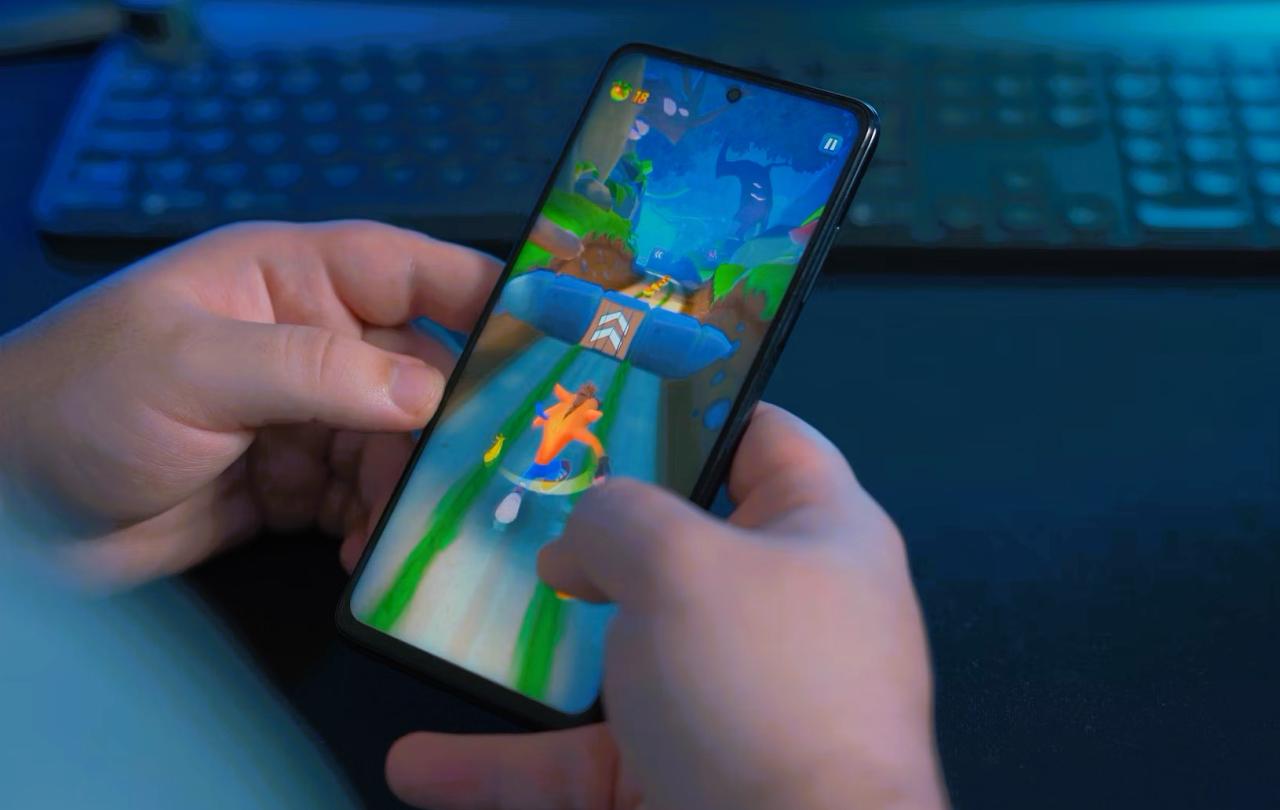
Earlier this year I got a bit too into a mobile phone game. In the game, I was master and controller of a small virtual grid of assorted shiny objects. By the flick of my finger on the screen, I’d swap the objects to try to match groups together. If I did this in the right way, then the matching objects would merge into shinier ones which would help me win the game. I’d want to know what the next shiny thing would be and how I could use it to beat the next level.
I first started playing on my commute to work – usually I like to read or write and listen to music and sometimes to catch up on emails – but on that day I felt too tired for any of that. The puzzles started easy but got gradually harder. They were challenging enough to occupy the mind, but never felt too taxing, and the satisfaction-hit from each small win along with the visuals and sound-effects made me really want to keep playing. On the train home, it felt easier to just open the app and play a few levels than do anything else. I’d start the journey by telling myself I’d do a few levels and would do something else, but I’d easily spend the best part of the journey rearranging shiny objects.
I knew this wasn’t ideal. I’ve come to see my commutes as a rare unfilled moment, each a scrap of time, a space to read and think, and I was filling this gift with a pixellated dopamine hit. I’d try to stop and bargain with myself – setting a limit of say five levels per journey, but knowing this to be an arbitrary number, I’d blow straight through it. There are other empty moments, waiting for the bath to run or once the children are in bed, but these other scraps are empty only in appearance, and I started to play in these too.
My phone has a ‘sleep mode’ which tries to mitigate the by now well-documented negative effects of phone use on sleeping – lower sleep quality, duration and interference with circadian rhythms. In sleep mode, you choose a time – after this the colours of your phone will be replaced by black and grey. I started using this feature, thinking that at least if I dulled the bright colours to greys then I’d take the enjoyment out of playing and it’d be harder to tell the shiny squares apart. It was a good try, but it didn’t work. I learnt to tell the grey objects apart, and played on.
Mainly, what I'm not doing when I’m glued to my phone is engaging with life.
You’ve heard it before, but our devices are not that good for us – excessive smartphone use fuels depression, anxiety and insomnia, and the average teenager spends seven to eight hours a day in front of a screen. Smartphones are closely related to social media - a recent study found one in six adolescent girls showed signs of social media addiction. Smartphone use has become a well-worn topic with a familiar set of talking points: How lucky we are to have all the world’s knowledge in our pocket; how bad we should all feel about being so distracted; how smug we can feel about the fools stuck to their phones. These discussion points aren't new - many of the concerns about smartphones and screen-time started decades earlier in response to TV and video games.
These concerns are certainly valid, but I find it easier to consider what some of my smartphone habits are stopping me from doing. I'm not sure I'd advocate that we all stop using smartphones - having easy access to the Internet is a huge convenience, but I do pause to think about what I'm not spending time doing when I obsessively scroll or click. I'm also not convinced that all mobile games or even all social media use is bad. Computer games can be entertaining and thought provoking. Like all art, there's no globally agreed standard about what's good, but good art doesn’t leave you puzzling over how you wasted an hour. What differentiates social media and certain phone games is their business model – your time and attention is their revenue stream.
Mainly, what I'm not doing when I’m glued to my phone is engaging with life. If I put the phone down, I could be more attentive to the people I'm with – be able to listen to all the subtle ways we tell each other how we are – in short, I could be more fully present. I could read books, and I could read whole magazine articles or news stories on my phone, actually stopping to read rather than scrolling from headline to headline. Or I could do nothing and just be, undisturbed. If I’m commuting, I could enjoy the scenery or just let my mind wander. And I can remember that even in the quietest moments I'm not alone - God is always alongside us, and we can always spend time and speak to Him in prayer. Even for a few short moments to lift up the joys and troubles of the day.
“Well”, you may say, “That's all very nice hearing about these possibilities I could enjoy if I clawed back time from social media and freemium games. But how do I actually do it!?” Most of the answers I’ve found to this involve either stopping the habit completely – deleting the app or even not having a smartphone, or else they involve enforced periods away. Some have found that a digital detox of several days or weeks has helped to reset their relationship with tech, others set fixed times in their day when they can and can’t use their devices or certain apps, and some observe a “digital sabbath” where they intentionally avoid or reduce technology use for a full day each week.
As for me, my only way out was to delete the shiny object game, losing all record of all 1,500 completed levels. Given that I rejected my own help by outsmarting “night mode”, I doubt moderation would have helped. Unsettlingly, my fingers and part of mind really seemed to miss it. As I unlocked my phone, I’d feel a tinge of absence, as though checking my emails or messages didn’t have the same grip as matching colourful blocks
Celebrate our 2nd birthday!
Since Spring 2023, our readers have enjoyed over 1,000 articles. All for free.
This is made possible through the generosity of our amazing community of supporters.
If you enjoy Seen & Unseen, would you consider making a gift towards our work?
Do so by joining Behind The Seen. Alongside other benefits, you’ll receive an extra fortnightly email from me sharing my reading and reflections on the ideas that are shaping our times.
Graham Tomlin
Editor-in-Chief





